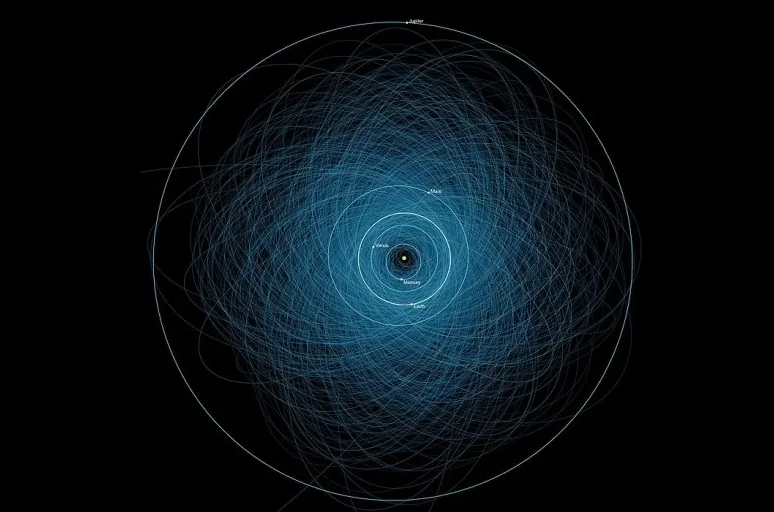Experts from the University of Washington have developed new software called HelioLinc3D that allows the job of detecting asteroids to be done with significantly less nighttime observations. This algorithm has the potential to significantly improve observatories’ ability to quickly detect potentially dangerous asteroids.
The recent success of the HelioLinc3D program aroused great interest when it discovered an object that had not been noticed in previous studies. Analysis of data from the NASA-funded Asteroid Terrestrial-Impact Last Alert System (ATLAS) project allowed the program to discover the 180-metre-long asteroid. The object, designated 2022 SF289, is less than 225 thousand kilometers from Earth.
While this asteroid may not pose a collision threat for the next hundred years, and most likely thousands of years, its detection demonstrated HelioLinc3D’s impressive capabilities.
It’s worth noting that this algorithm simply doesn’t complete current asteroid studies. It was designed specifically for the Vera K. Rubin Observatory in the Atacama Desert. The four meter diameter telescope will be equipped with a modern and highly sensitive camera that can capture large areas of the sky in high resolution. This telescope will detect weak asteroids and track their movements over time.














